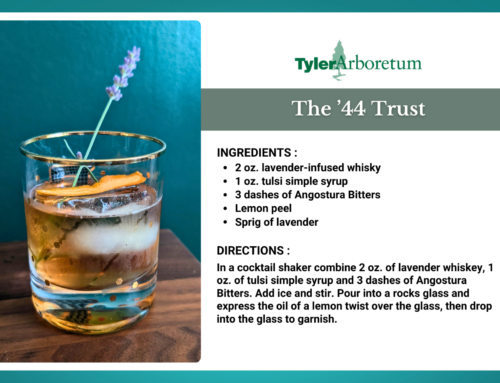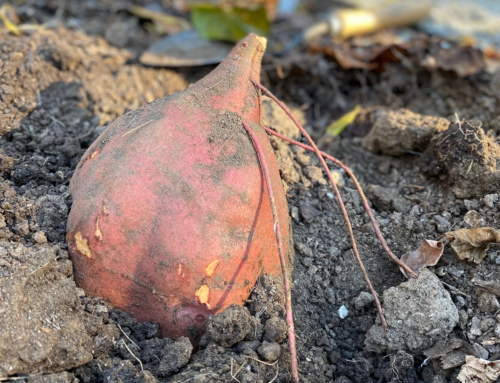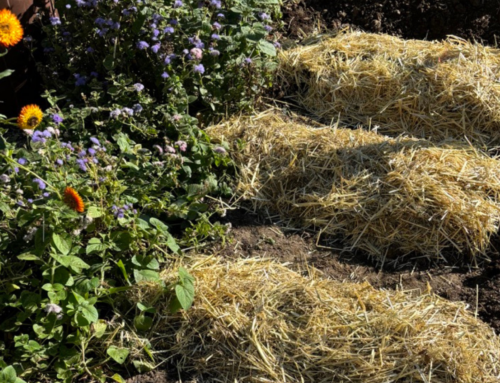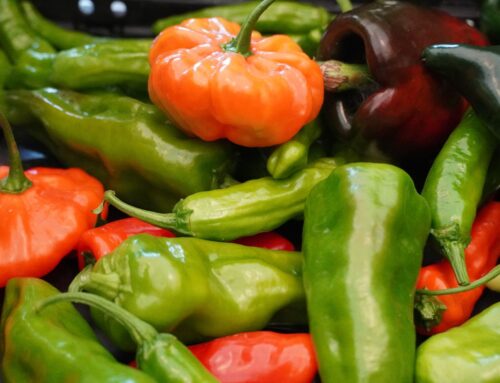Whether you have a dorm room, an apartment or a house, odds are very good that at some point you’ve tucked a plant into a sunny window. Whether it’s the common or reliable favorites; the Spider plants (Chlorophytum comosum), the African violets (Saintpaulia sp.) and the Ficus (Ficus sp.), or the exotic and beautiful Air Plant (Tillandsia sp.) or Flaming Sword Bromeliad (Vriesea splendens), these plants make our windowsills a little more wild. They can warm up any room, soften the view, and even provide some much needed oxygen.
But how do we take care of them properly? How much light is too much? Or too little? And how do your water them without drowning them, or letting them go thirsty?
The quick answer is that while no plant evolved to live indoors, many houseplants are well adapted to the environment in our homes. But since they can’t get up a move if they are uncomfortable it’s up to use to make sure we are taking care of their four big needs; an appropriate temperature, the right light, good soil, and enough to drink. It isn’t hard to meet those needs once you’ve gotten to know the type of plant you’ve brought home. But here is a quick overview of the basics you need to know to keep your new housemate happy.
An Appropriate Temperature: Houseplants Like the Same Climate We Do
As a good rule of thumb, except of course for those popular desert denizens, the succulents, most houseplants are from the tropical or semi tropical parts of the world. That makes them perfect for our homes because they enjoy a nice steady even temperature. Keep them comfortable by keeping yourself comfortable. You might want to take a look at your windows and move your plant if you’re noticing a winter draft. But for the most part a nice, steady 62-70 degree range is perfect.
The Right Light: No House is too Dark…or too Bright.
Try to choose plants adapted to the light type you have. Take a look at the way the sun comes in, and when. We tend to think of plants as needing as much sun as possible, and many do, but luckily some houseplants thrive in very low light conditions. This comes back to their roots in the tropics. You have to make do with what you can get when you grow in a tropical forest. The large dense tree canopy means that only dim, filtered sunlight can reach the ground. You know your own house best, so do a little research ahead of time to make sure you choose a plant that will be happy in that environment.
An easy way of determining indoor light levels is that anything over 6 hours of direct sunlight (light that creates a sun spot on the floor) is considered full sun. Light that does not create a sun spot at all is bright defused light or low light.
Good Soil: You Are What You Eat
Good soil is essential to plant health…but we tend to neglect it when it comes to our houseplants. In our yard the soil takes care of itself to some degree. But that’s because it’s constantly changing. The leaves that drop in the fall and the animals and insects that move through the soil all serve to replenish the nutrients available to the plants. Indoors the environment is more static. So it’s essential that you start with a good potting mix. I like Espoma potting mix, which contains no soil at all, but is rather a mix of peat moss, vermiculite and compost. Stay away from using outdoor soil in your house, the soil from your garden might bring wildlife (insects, weed seeds, grubs etc) and plant diseases in from the outside. Good potting soil is specially formulated to have everything your plant needs! Starting with a good base, fertilizing with a slow release fertilizer like Osmocote, and periodically “potting up” or moving your plant into a larger pot as it grows, will keep your plant healthy and happy. If you can’t pot up your plant into a larger container, you should consider dividing the plant so that it will remain suited to the size container you have it in. Bonus, you get more plants! To know when it’s time to pot up, take a look at the size of plant and the state of its roots. If your plant is overflowing its pot, or if you can easily lift the plant plus its soil from the pot, its time to give your plant a larger home. Take a look at your plant when you get it home from the garden center to see if it needs to be potted up right away.
Enough to Drink: Let It Rain
But only in moderation. Houseplants generally don’t like “wet feet.” Check on the specific requirements for your plant, but in general plan to water once to twice a week and check the pot periodically. Just lifting the pot slightly will tell you if it needs a drink — the lighter the pot the thirstier the plant. The goal is to keep the soil evenly moist, neither too wet nor too dry. The exceptions of course are succulents and cacti, which evolved to thrive in arid deserts.
Of course, in this era of social distancing you might be asking yourself where you can get houseplants so that you can get started on a new hobby, or add to your collection. Our best recommendation right now is to check in with your local garden centers. Many of them offer curbside pick up or even delivery. You won’t be able to stroll through their aisles to choose your new housemate, but you’ll be helping to ensure that our local businesses can open back up once the order to stay at home is lifted.
Here are some great mail order nurseries recommended by our staff: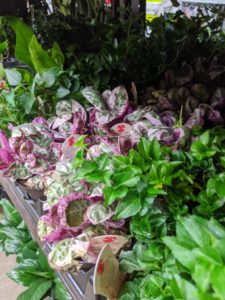
Glass House Works (Ohio): http://www.glasshouseworks.com/
Logee’s Greenhouse (Connecticut): https://www.logees.com/
Peppers Greenhouse (Delaware): https://www.accentsforhomeandgarden.com/
Take a look at this quick overview to see what plant might be right for your home. And enjoy your wild windowsill!
Plants for Bright/Dry settings
Aloe (Aloe barbadensis)
Jade (Crassula ovate)
Crown-of-thorns (Euphorbia millii)
Cacti (many species)
Plants for Bright/Moist settings 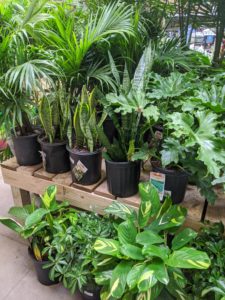
Papyrus (Cyperus papyrus)
Hibiscus (Hibiscus rosa-sinensis)
Ficus (Ficus elastica)
Plants for Dim/Dry Settings
Pothos (Epipremnum aureum)
Chinese Evergreen (Aglaonema commutatum)
Snake Plant (Sansevieria trifasciata)
Plants for Dim/Moist Settings
Weeping Fig Tree (Ficus benjamina)
Bromeliads (Vriesea splendens)
Spider Plant (Chlorophytum comosum)
Staghorn Fern (Platycerium bifurcatum)


